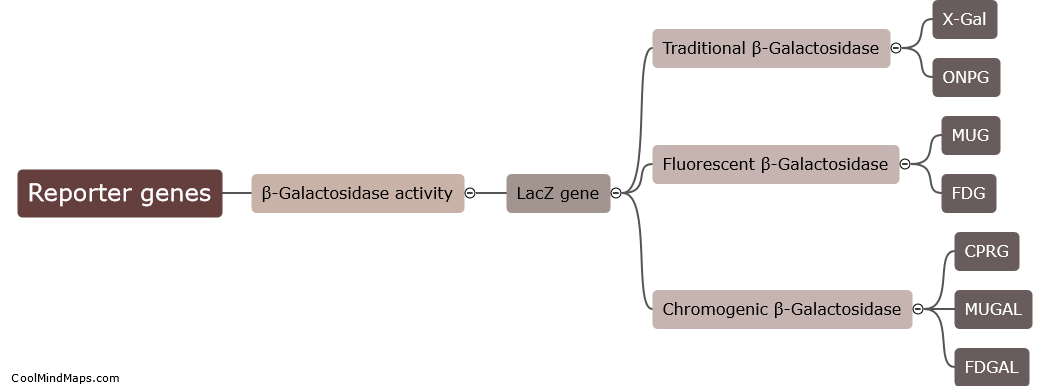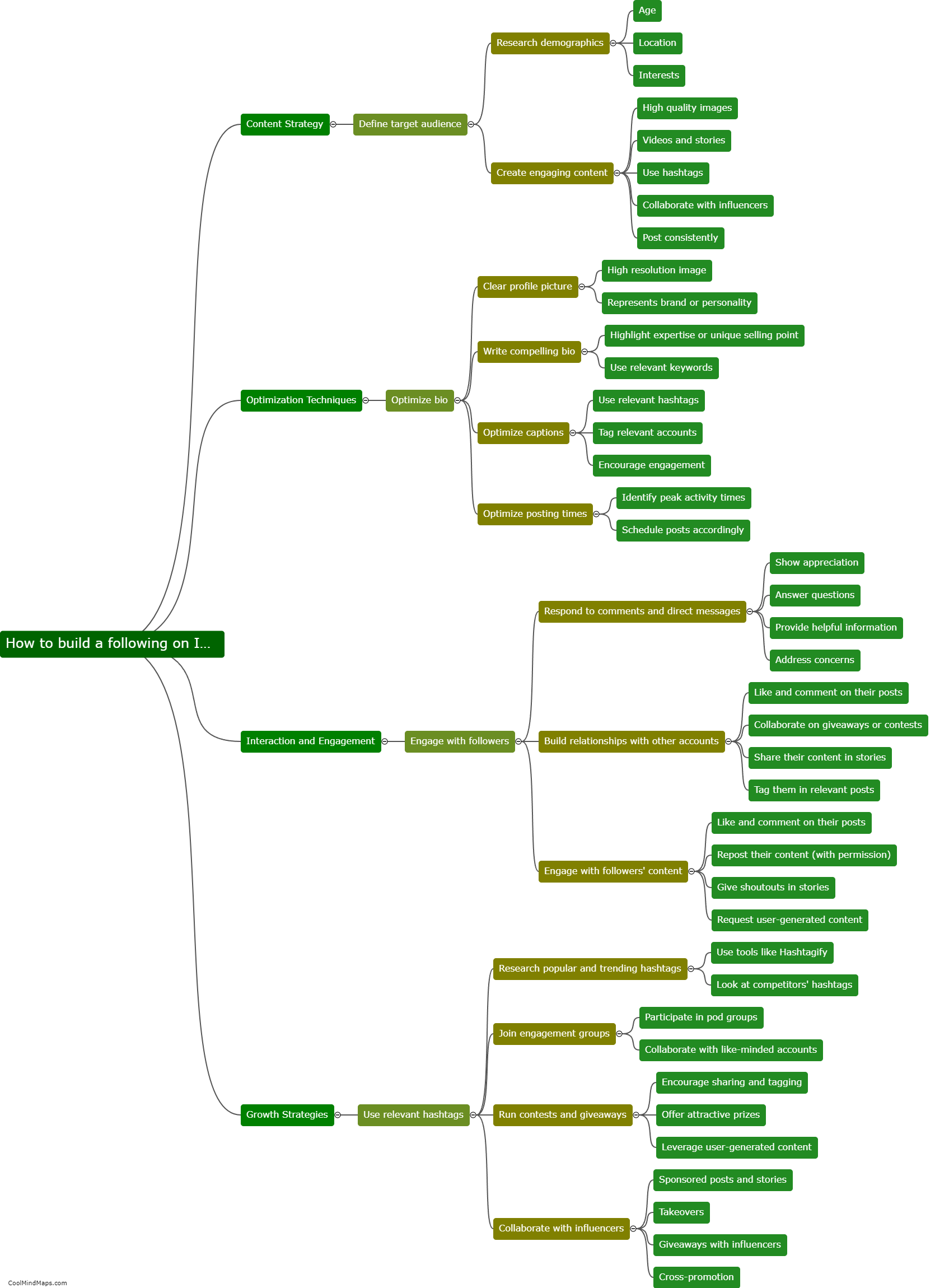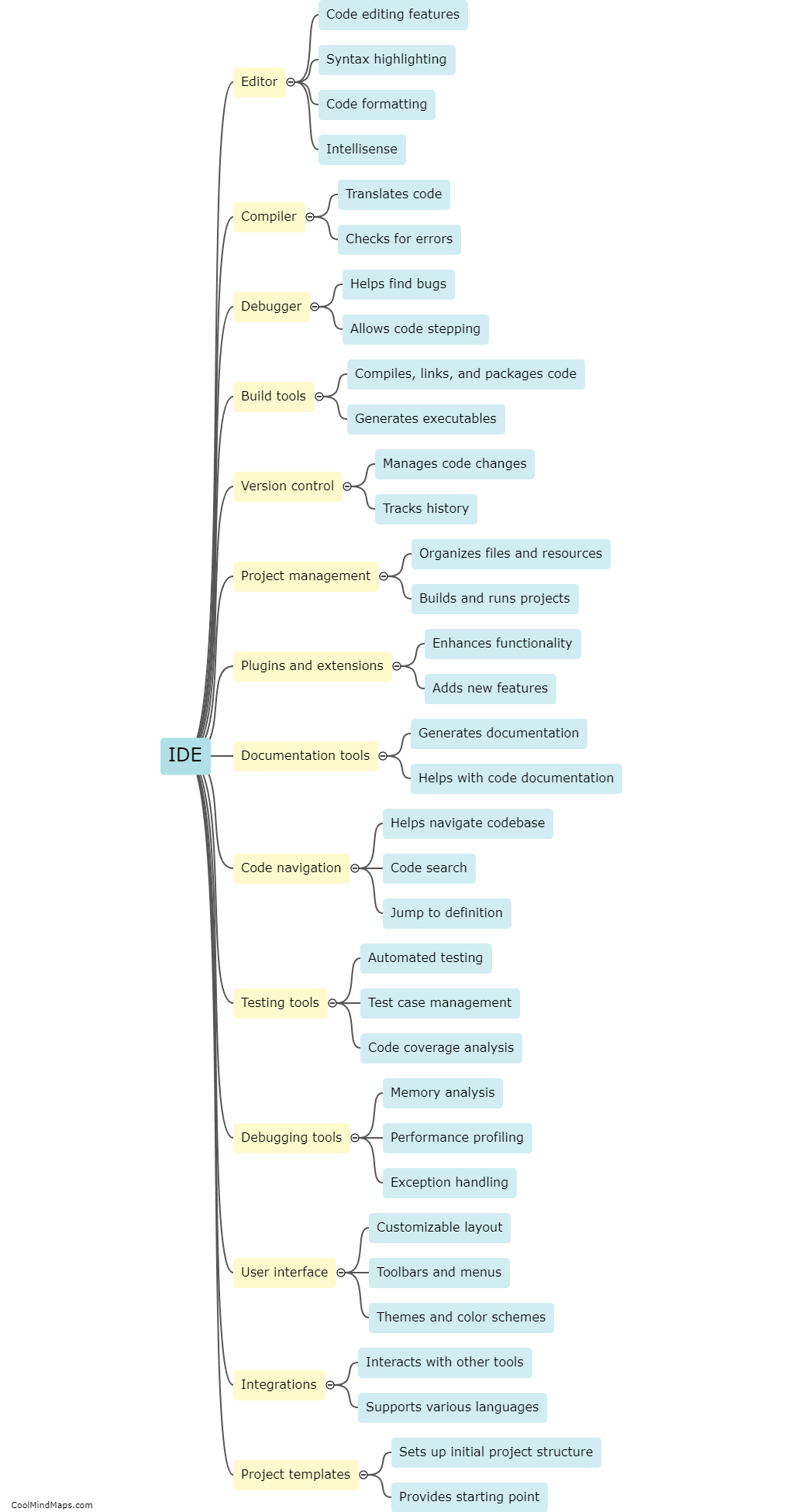What are some examples of reporter genes based on β-Galactosidase activity?
Reporter genes based on β-Galactosidase activity are widely used in molecular biology and genetics research to study gene expression. One such example is the lacZ gene, which encodes β-Galactosidase enzyme. By inserting the lacZ gene downstream of a promoter region of interest, researchers can monitor and quantify the expression pattern of that particular promoter. β-Galactosidase cleaves lactose or its analogs, such as X-gal or ONPG, producing a blue color that can be easily detected and visually assessed. Other examples of reporter genes based on β-Galactosidase activity include lacZα-complementation systems, in which two inactive fragments of β-Galactosidase are separately expressed and can reassemble into an active enzyme only when brought together by specific interactions. This enzyme complementation can be used to study protein-protein interactions or to probe the subcellular localization of proteins. Overall, the versatility and simplicity of these reporter systems make them valuable tools for exploring gene expression and regulatory mechanisms.

This mind map was published on 5 February 2024 and has been viewed 182 times.











